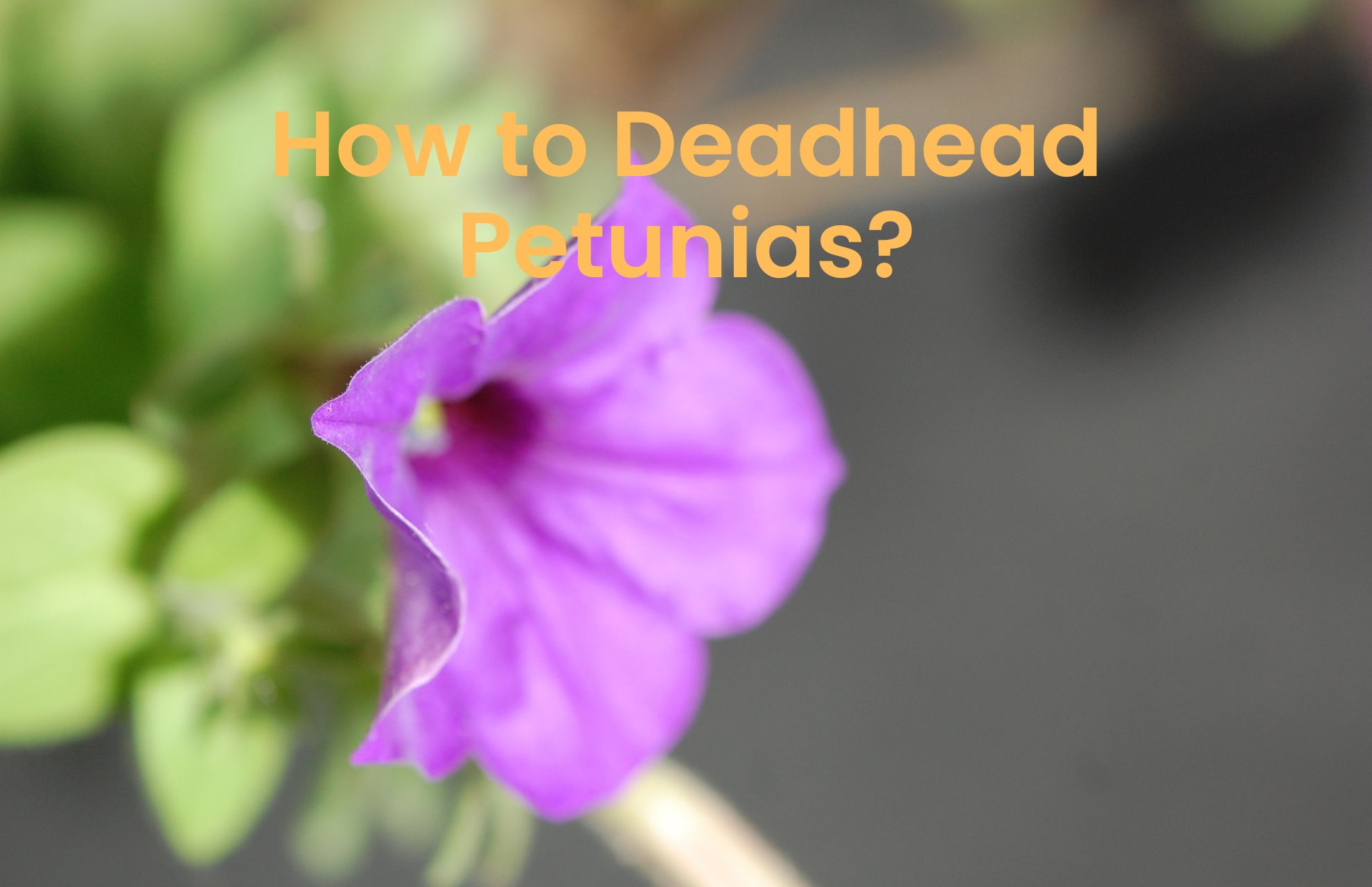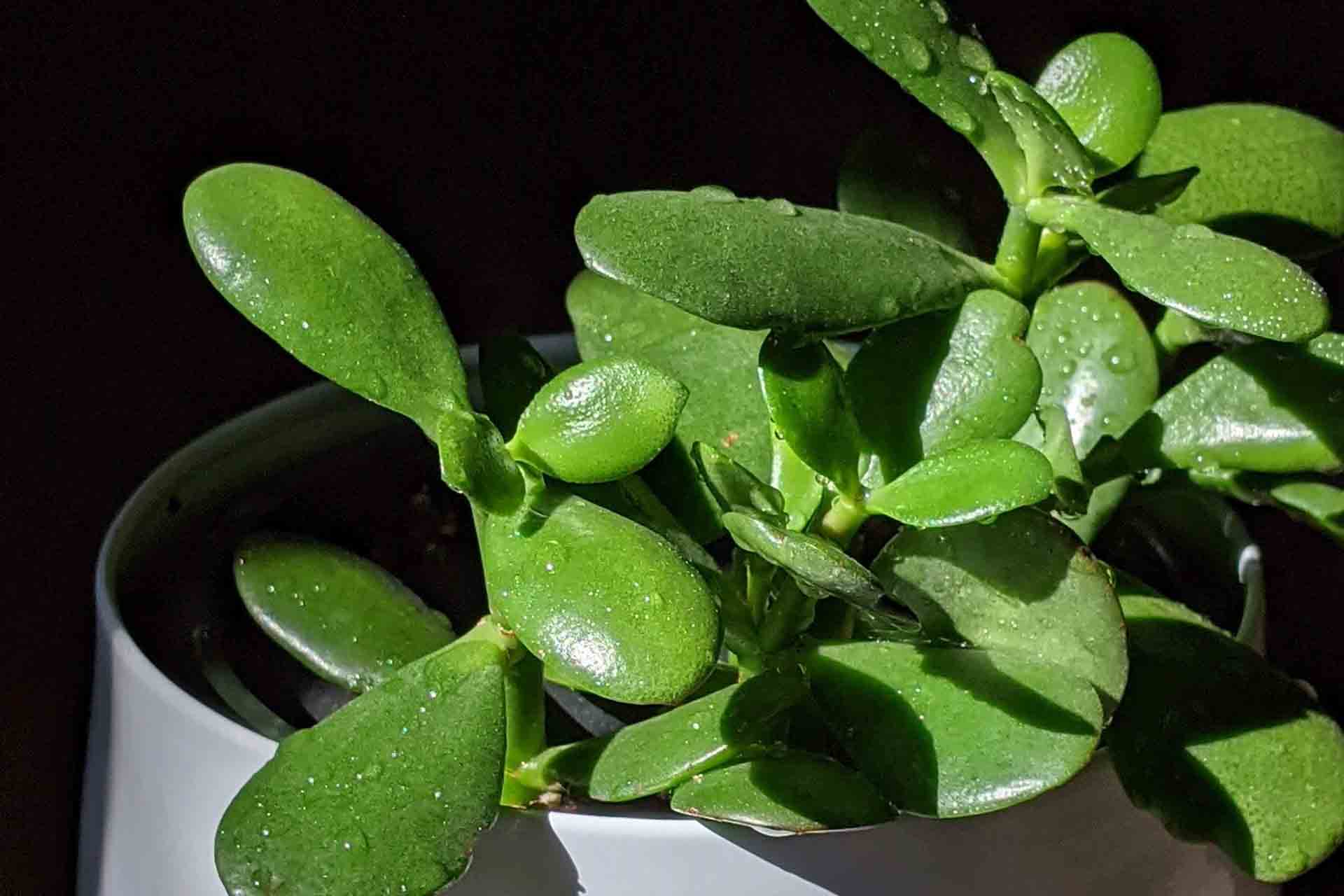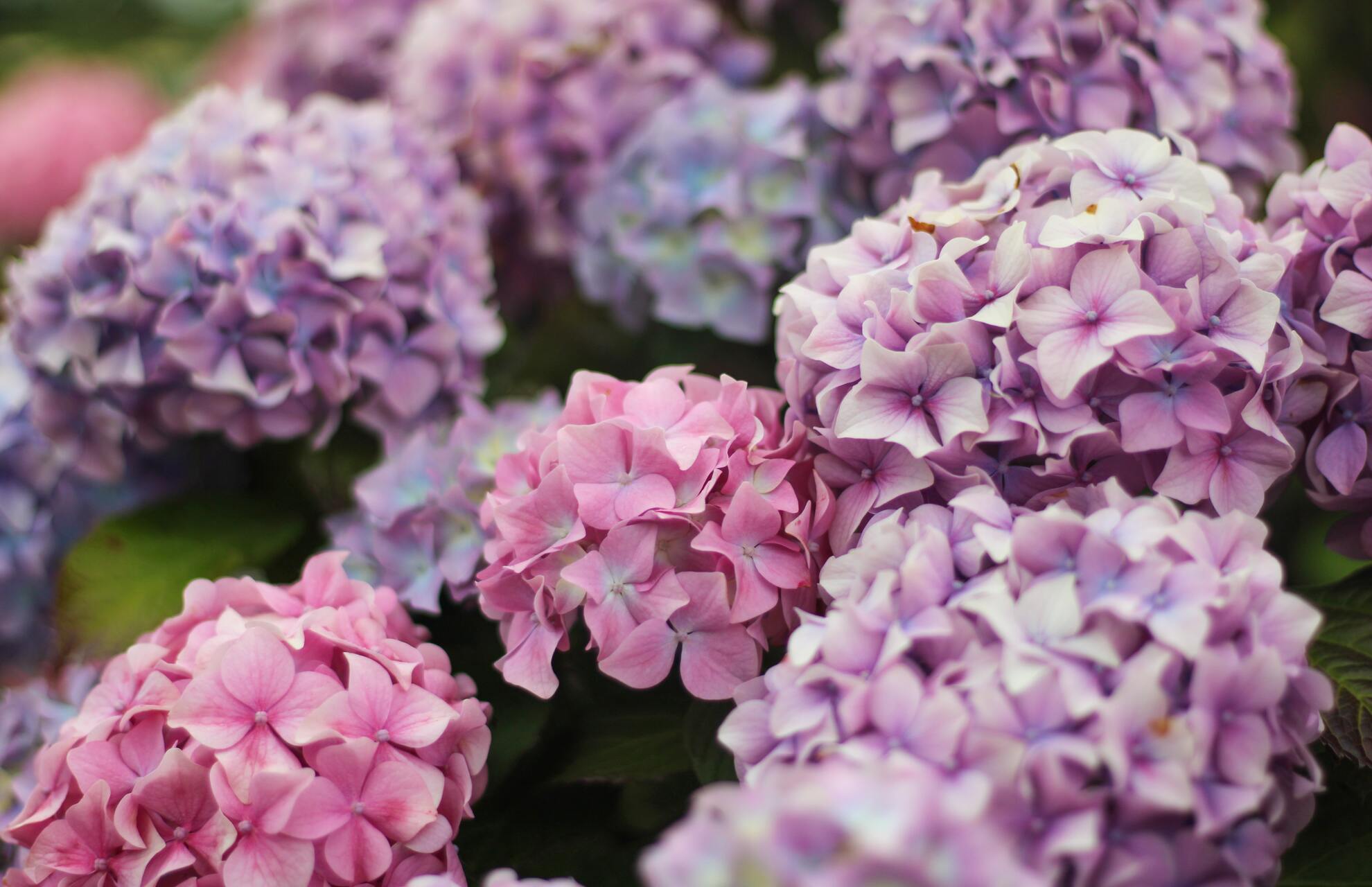For stunning blooms all through the growing season, learn the proper method for deadheading petunia flowers.
For many reasons, including their ease of maintenance, tolerance of heat, and vigor, petunias are a wildly popular annual. They complement almost any gardening style because they are available in such a wide range of hues.
Deadheading is a type of pruning that prolongs the blooming period, gets rid of the source of the seeds before they become weedy, and keeps the plant healthy in general. This gardening task is frequently neglected, which restricts the amount that petunias can grow.
Deadheading your petunias will keep your garden vibrant and productive.
- How to Deadhead Petunias With Pinching?
- How to Deadhead Petunias With Pruning
- Deadheading Petunias Tips
- What is Deadheading?
- What is the Purpose of Deadheading Petunias?
- Do You Have to Deadhead Petunias?
- Where Do You Cut When Deadheading Petunias?
- When Should You Deadhead Petunias?
- Which Petunia Varieties Require Deadheading?
How to Deadhead Petunias With Pinching?
Pinching, pruning, and other techniques are available for deadheading petunias.
Because pruning needs special care, pinching is advised for beginning horticulturists.
- When you pinch, you grab the dead flowers and pull them off with your fingers.
- Find the plant’s dead flowers.
- Below new blooms, the spent blooms are frequently discovered.
- Grab the flower by the bud with your thumb and forefinger.
- The flower ought to easily detach from the stem as you pinch.
- Pinch the remaining faded blooms on the same stem before moving on to a different stem.
- To remove dead flowers during the growing season, repeat this process every week.
- Leggy growth can be controlled with pinching as well.
- Pinch stems begin to droop toward the ground around mid-summer.
- Find the thickest bud near the stem’s top.
- Pinch the stem just above the bud with your thumb and forefinger.
- This procedure encourages a healthier plant by giving the foliage the appearance of being thicker.
How to Deadhead Petunias With Pruning
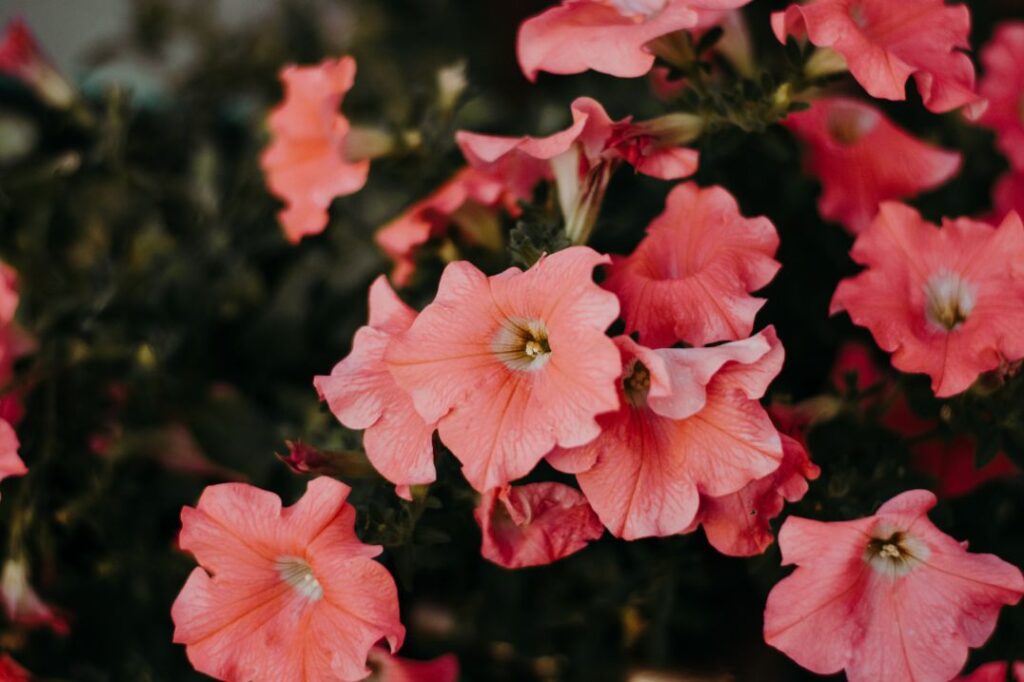
Try pruning if you’ve been pinching for one or two seasons. Many of the steps involved in pinching are also involved in pruning. This procedure calls for clean, precise gardening shears or scissors rather than fingers.
- Sterilize scissors or shears before using them to prune the plant.
- Using an equal amount of water and rubbing alcohol as a solution, dip the pruning tool in it.
- Allow the shears or scissors to soak for five minutes before letting them air dry.
- Search the plant for stems that have many spent blooms on them.
- With sterile shears or scissors, trim the stems by up to half.
- Remove a portion of the flower stem just below the faded blooms.
- Depending on the plant’s size, a certain number of stems must be pruned each week.
- An unattractive plant can be produced by over-pruning, which can also harm the plant and reduce its flower production.
- Trim a small petunia plant’s stem once a week.
- Several stems on a large plant allow it to withstand additional pruning.
- On bigger plants, you can trim up to ten stems.
- If weekly pruning is not feasible, aim to prune the majority of the plant by the middle of the summer.
- Remove all spent blooms by the end of July or the start of August.
- To lessen the effects of heavy pruning, don’t forget to fertilize the plant.
Deadheading Petunias Tips
If you want your petunias to bloom all summer, keep these suggestions in mind.
- Scheduling – Sometimes it becomes overwhelming to stay on track because there are so many things to do all the time. If it will make you feel more productive, add a calendar reminder for deadheading flowers.
- When Walking by – The solution isn’t always scheduling. Deadheading in some form is preferable to none. whenever you pass by, grab a few dead petunias!
- Get Kids Involved – We are all about getting kids working in the garden! Teach your children the proper technique for carefully removing petunia flowers that have fallen off. Let them know that they can see new flowers bloom as a result of their efforts and be proud of themselves!
- Seeds Instead – When the season comes to an end, leave some spent flowers on the plants if you do want to save some petunia seeds.
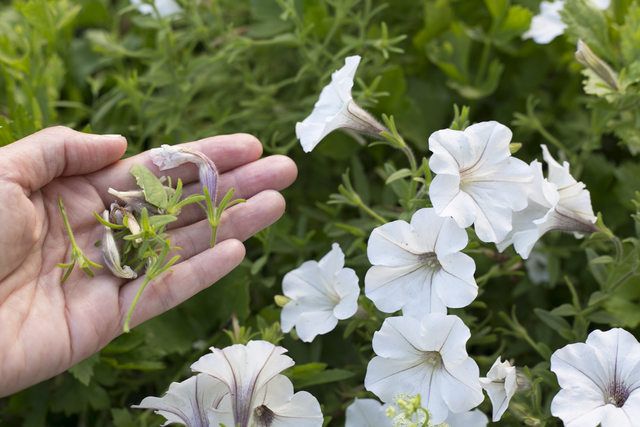
What is Deadheading?
Deadheading is the practice of removing spent flowers from plants in order to promote new growth. Most of the time, a basic pair of garden shears will suffice to deadhead flowers.
Trimming dead flower heads regularly will keep your garden looking lovely for months on end and encourage the growth of new flower buds.
What is the Purpose of Deadheading Petunias?
Pruning older flowers that have faded or died not only enhances the plant’s overall appearance but also encourages the growth of new flowers. Petunia blooms that fade produces seed pods that scavenge vital nutrients, causing the plant to produce fewer flowers and wilt.
Petunias are typically grown as annuals, but with the right care, you can grow them as tender perennials in USDA hardiness zones nine through eleven.
Do You Have to Deadhead Petunias?
Deadheading petunias are a smart idea if you want to take advantage of their continuous blooming. If you don’t have time to deadhead petunias, your garden will still be in bloom, but there might not be as many.
Unless you have hundreds of plants to take care of, it can be a quick and simple task. In either case, try not to worry too much if you forget to deadhead the petunias in your flowerbeds.
The bottom line is that you should try to deadhead petunias, but if you can’t, it’s okay. The worst that can usually happen to your petunia plants is that they may not bloom as profusely or that they may remain as green foliage for a portion of the season.
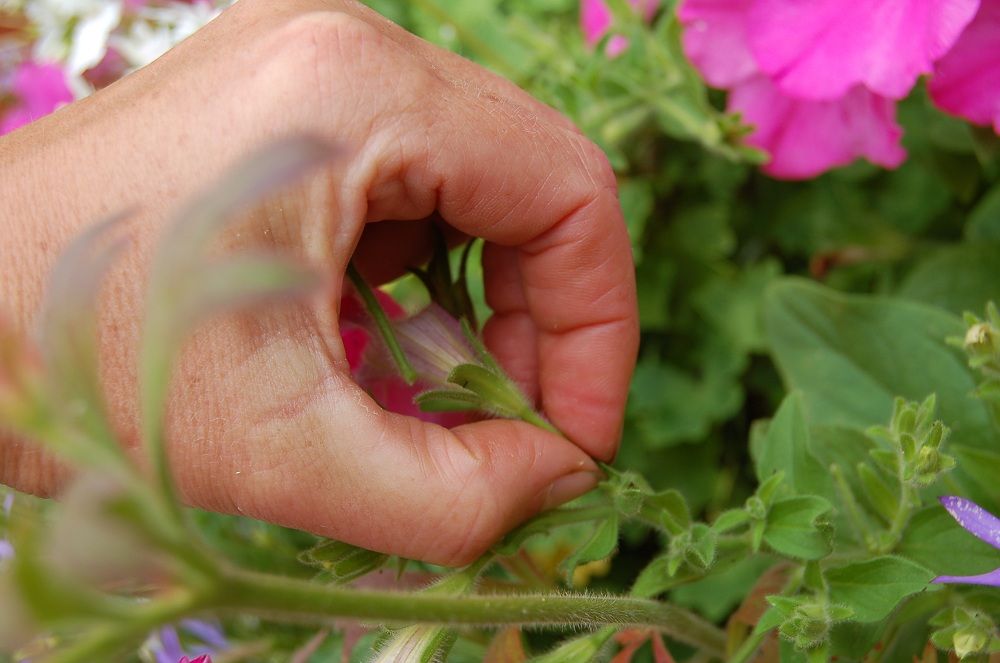
Where Do You Cut When Deadheading Petunias?
Don’t forget to take the flower’s base with you when you remove the dead bloom. Keep in mind that the seeds are at the base, not just the petals. If the flower’s base isn’t cut off, you’ll get a dried seed pod in place of a fresh bloom.
Although you don’t need to remove a lot of the petunia stems, you can trim the stems above the healthy-looking green foliage and below the flower if they appear scraggly.
When Should You Deadhead Petunias?
While there is no set time for deadheading petunias, in general, you can take the bloom off the plant when it starts to look worn out. This usually occurs in the middle of summer.
Not every one of them needs to be taken out at once. Make it a habit to look for dead blooms on your petunia plant if it is in an area where you frequently pass by. As you spot them, remove them.
Which Petunia Varieties Require Deadheading?
Grandiflora and Floribunda are two well-known varieties that benefit from deadheading. The petunia variety with the largest flowers, measuring up to 4 Prime inches, is called Grandiflora. Medium-sized flowers, measuring between two and three inches across, are produced by floribunda petunias.
Although they grow quickly, these plants require summertime deadheading to promote new growth.
Some of the more recent hybrid plants are low-maintenance and don’t require deadheading. Although Surfinia is a Grandiflora hybrid that doesn’t require frequent deadheading, it might still benefit from one summertime pruning session.
Self-cleaning plants include petunias with waves. Over time, the flowers begin to wilt, dry up, and drop from the plant. Deadheading is not required when new blooms appear.
Some varieties don’t require deadheading, but to prevent leggy growth, the stems may still need to be pruned. In order to encourage fuller foliage and blooms, trim the stems back to about half their original length in the middle of the summer.

